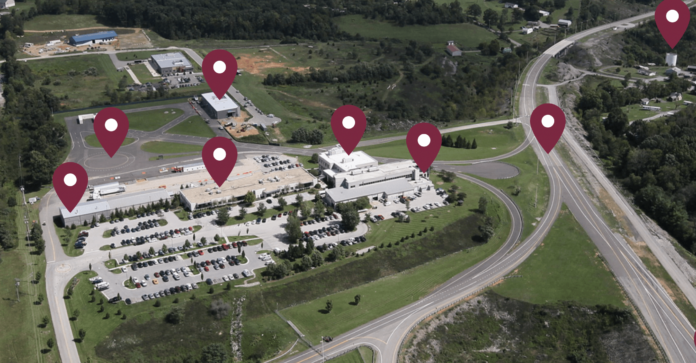The pair have created a roadway warning system to identify and then alert drivers and pedestrians to hazardous situations
NEC Corporation of America (NEC) and the Virginia Tech Transportation Institute (VTTI) announced this week that they have created a roadway warning system that relies on private 5G and artificial intelligence (AI) to potentially identify dangerous traffic conditions and hazards.
Masahiko Mack Nakagawa, vice president of NEC’s corporate business development division, provided additional details in a press statement: “This solution combines private 5G and state-of-the-art AI-based video analytics with C-V2X technology to create social value that contributes to safety and security for vehicles and pedestrians in the vicinity of intersections.”
He said that the system can identify and then alert drivers to hazardous situations in driver and pedestrian blind spots. “This solution can reduce crashes and fatalities, as well as support automated driving from roadside infrastructure,” he continued.
The pair conducted tests from January to March 2023 on Virginia Smart Roads, a closed test-bed research facility managed by VTTI and the Virginia Department of Transportation (VDOT) located in Blacksburg, Virginia. Cameras and private 5G base stations were installed on signal poles and transmitted high-definition traffic images via private 5G using the n78 frequency band (CBRS), enabling real time analysis of the images using AI.
A few years ago, NEC opened a similar facility to that of the Virginia Smart Roads in Japan to develop autonomous driving technologies and intelligent transportation systems. The setup uses a private 5G network running high-speed video analytics to help vehicles connect with and navigate through traffic and road infrastructure.
“The concept of infrastructure-cooperative mobility that NEC is aiming for requires highly reliable, low-latency communications via a dedicated network to predict or detect incidents near intersections,” said Mike Mollenhauer, director of the division of technology implementation at VTTI. “VTTI believes this proof of concept will complement C-V2X technology and improve road safety by informing vehicles and pedestrians of possible traffic hazards when passing through an intersection. VTTI intends to work with NEC to apply the results of these tests to intersections on live public roads.”
NEC said it will leverage these tests to “develop additional technologies that contribute to the reduction of traffic accidents and traffic congestion throughout the world.”

